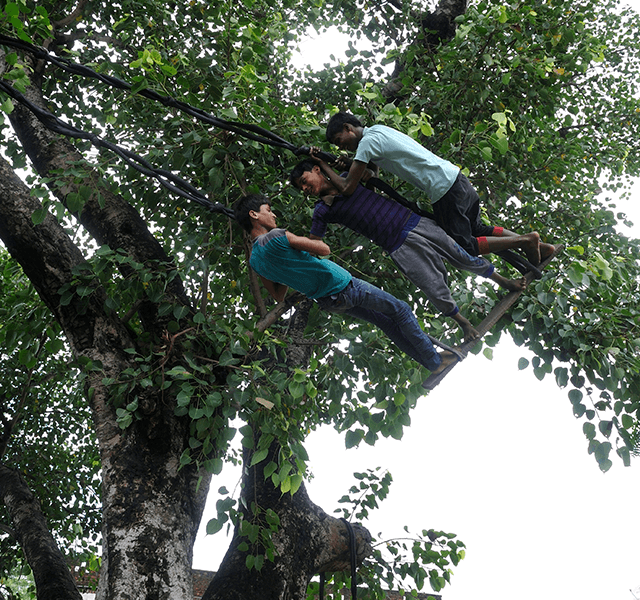

The summer edition of this year’s PAHAL newsletter, highlights the remarkable progress UP-TSU has made in supporting the Health Department to advance public health across community, facility, and system levels in Uttar Pradesh.
Read MoreThe Government of Uttar Pradesh (GoUP) is committed to ensure universal coverage of all births with skilled attendance with the aim to reduce the number of maternal and newborn deaths in the state. UPTSU supported GoUP in this endeavour. This brief highlights the cluster model approach adopted by UPTSU in scaling up the SBA training in the state.
Read MoreThe gender integration pathway is a systemic guide to incorporating gender responsiveness into healthcare practices, programs, and policy. It provides a stepwise process to identify, analyse, and draw gender-responsive solutions to gender barriers that affect intervention outcomes. These solutions improve gender equity by challenging unequal gender norms, transforming power relations, and empowering end-users.
Read MoreThe UoM-IHAT Gender Analysis Framework is designed to systematically examine and understand the differences in roles & responsibilities, access to & control over resources, participation & decision-making, opportunities, and their impact on health program coverage based on individuals’ gender. It guides our programs in designing and implementing research/interventions to address gender-based inequalities, thereby ensuring more effective and equitable program coverage.
Read MoreThis Theory of Change (TOC) is part of the larger UPTSU TOC and provides a roadmap for integrating gender responsiveness across all programmatic interventions. This will ensure equitable access to respectful and improved RMNCH+N services, leading to a decrease in maternal and newborn mortality. The TOC outlines logical steps and the necessary sequence of activities needed to achieve long-term outcomes through broad and targeted interventions.
Read More